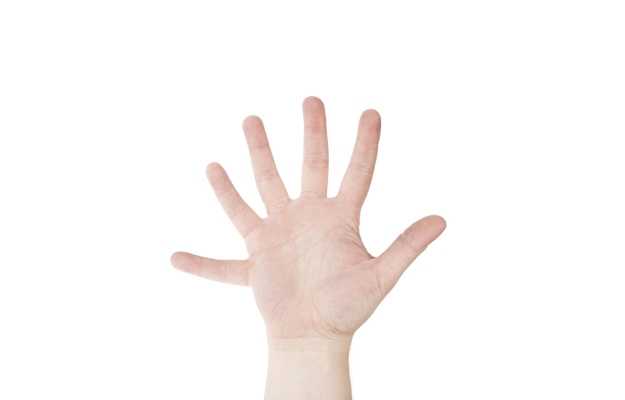In 2019, scientists at the University of Freiburg and Imperial College of Science, Technology and Medicine, London, studied a mother (52) and son (17) with six fingers on each hand. The scientists, who published their findings in Nature Communications, wanted to know if these extra fingers served an important purpose or if they were—as per popular belief—vestigial or without a modern-day purpose.
For their study, the researchers gave the mother and son some tasks like folding napkins and tying shoelaces. As a control, they gave the same tasks to people with five fingers. Interestingly, they found that the mother and son could do things like tying shoelaces, texting and playing videogames with one hand compared with five-fingered folk who needed both hands to accomplish these tasks.
From this, the researchers surmised that supernumerary or extra fingers aren’t necessarily vestigial and that the brain and central nervous system are fully capable of adapting to life with an extra digit. Many people who are born with an extra digit have it removed surgically. This research also showed that this surgery may not be required in some cases. And in people who have a fully developed extra digit, it could be quite useful in fact.
The condition of being born with extra fingers and/or toes is called polydactyly. It can be of different kinds, depending on where the supernumerary (extra) digits (fingers/thumbs/toes) are on the hands and/or feet. The different types of polydactyly are ulnar, central and preaxial (more on these later). Read on to know all about polydactyly, types of polydactyly, causes of polydactyly, diagnosis of polydactyly and treatment of polydactyly.

 Doctors for Polydactyly
Doctors for Polydactyly 





































